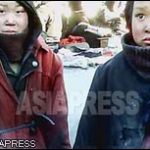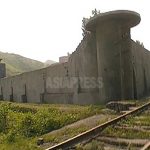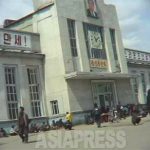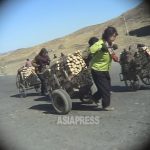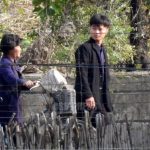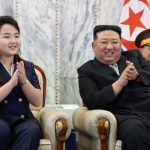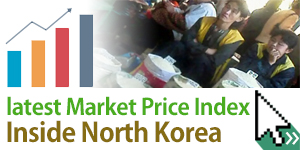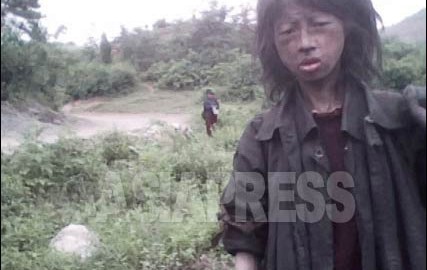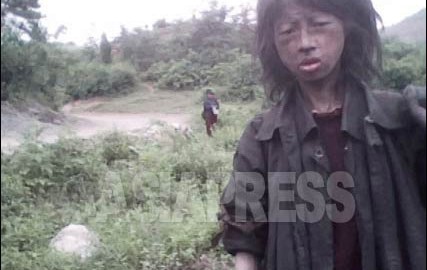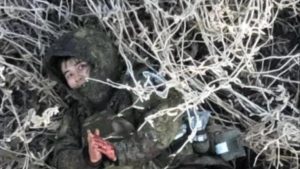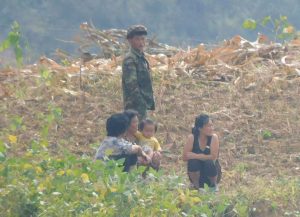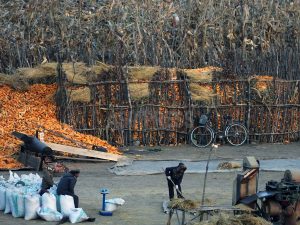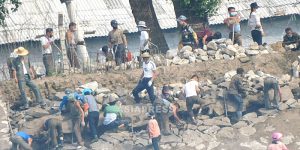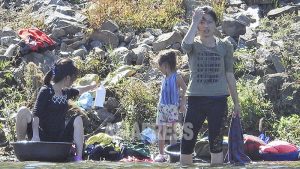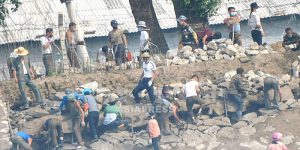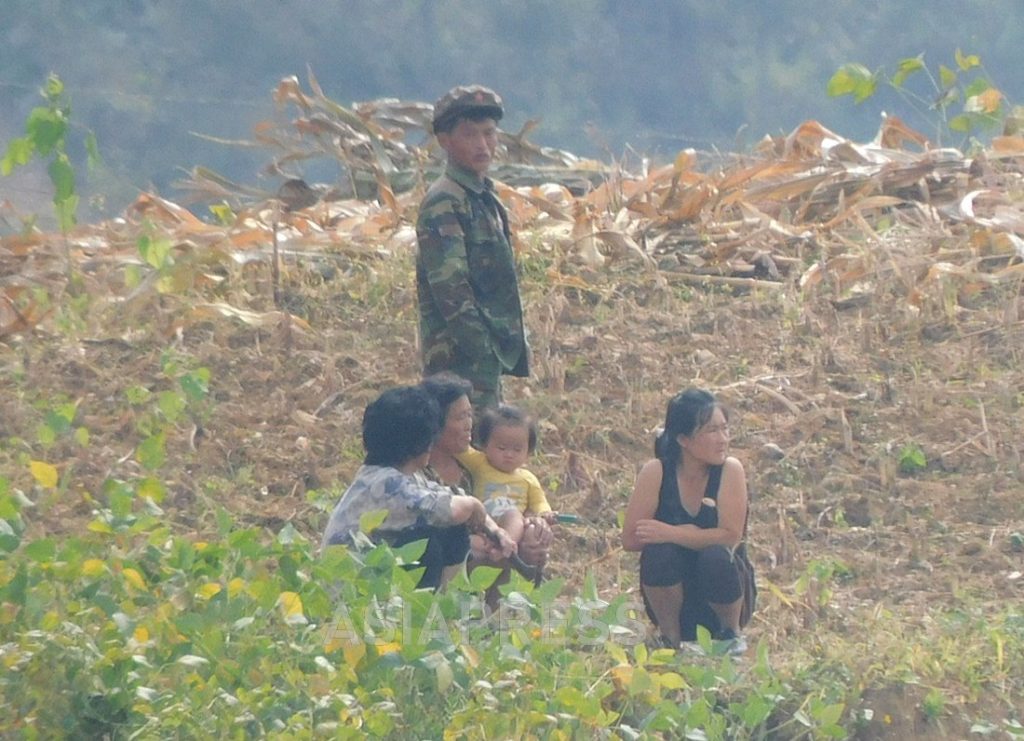
Since the COVID-19 pandemic began in 2020, the North Korean regime has intensified its isolationist tendencies while simultaneously attempting a major shift in agricultural policy. This has been reported through a 10-part series introducing revised agricultural laws alongside conditions at local farms. This article seeks to summarize the core elements of ‘Kim Jong-un's agricultural policy reform.’ (JEON Sung-jun / KANG Ji-won)
◆ The Most Comprehensive Reform Since Kim Jong-un Came to Power
According to the ‘North Korean Legal Code Collection’ released by South Korea's National Intelligence Service in August 2024, several agricultural laws including the "Farm Law", "Agricultural Law" and "Food Management Law" underwent multiple revisions during this period. Between February 2020 and November 2021, the "Agricultural Law" was revised once, the "Food Management Law" twice, and the "Farm Law" an extraordinary four times.
Additionally, investigation reports on local farms sent over the past two years by three ASIAPRESS reporting partners in North Hamgyong and Ryanggang provinces have provided concrete details to fill out the general outline of agricultural policy reform identified through legal analysis.
◆ Core Elements of the Agricultural Policy Reform
The core of Kim Jong-un regime's agricultural policy reform can be summarized in four key points:
1. Corporatization of Farms
Farms have transformed from simple production units that received land and farming materials from the state to produce grain, into autonomous management entities responsible for their own business performance.
Through revisions to agricultural laws including the "Farm Law" and "Food Management Law", farms have been legally defined as ‘socialist agricultural enterprises’ with autonomous rights over production, distribution, and pricing decisions.
Local partners have reported that farms are currently ‘becoming landlords’ indicating that farmers themselves are experiencing the expanded discretionary powers of corporatized farms.
2. Diversification of Planning and Restructuring of Distribution Through Contracts
Production plans (target output) that were previously collected entirely by the state have been divided into state plans for the government's share and contract plans arranged through agreements with various enterprises.
While food supply between farms and enterprises remains under state control as reflected in national plans, actual distribution processes now recognize autonomy between farms and businesses.
Under this framework, local partners have assessed that newly established ‘Agricultural Material Exchange Centers’ which serve as markets for trading surplus food between individuals and farms, are now performing the role previously played by traditional markets (Jangmadang).
3. Improved Farmer Incentive Systems
The system is transitioning to one where work teams serve as basic production units, and farm workers belonging to these teams can share additional production beyond planned targets.
As farmers gain greater autonomy in disposing of surplus food, farm workers have noted that social perceptions of farmers have become more positive compared to the past. This represents an important change brought about by the new agricultural policy.
Nevertheless, skeptics of the policy still exist, and local partners predict that whether the new incentive system will take root won't be known until this fall.
4. Surface-Level Autonomy, Substantive Control
While superficially allowing partial autonomy for farms and farmers and activating distribution through contracts while encouraging resulting productivity and efficiency, state control is actually being strengthened as policies gradually settle into place.
The state has expanded and strengthened its supply network through state-run distribution institutions such as ‘Grain Sales Centers’ and ‘Agricultural Material Trading Centers’ to achieve a state monopoly on food, while thoroughly criminalizing transactions outside these channels.
Additionally, by completely banning small plot farming (illegal private cultivation) that was farmers' main source of actual income, a situation is being created where farmers have no choice but to become more dependent on the state. In other words, the goal is to create a structure where survival is only possible through reliance on the state by thoroughly blocking spaces for personal self-reliance.
◆ Dual Strategy of Enhanced Control and Increased Productivity
As is well known, about 10 months after the February 2019 Hanoi North Korea-US summit collapsed, the Kim Jong-un regime declared a ‘frontal breakthrough battle’ against the ‘difficult situation’ and shifted toward anti-market policies based on strong state control in the economic sector.
The current agricultural policy reform is part of this strategy. In December 2019, at the 5th Plenary Meeting of the 7th Party Central Committee, Kim Jong-un designated decisive improvement in agricultural production as the ‘main striking front’ of the frontal breakthrough battle.
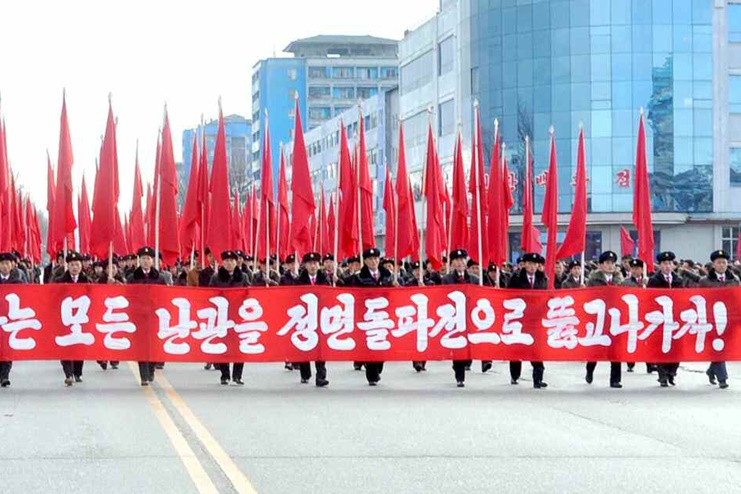
The current reform, which began in earnest in rural areas around 2022 following massive legal revisions, has the dual character of strengthening state control over agriculture while introducing limited market functions to improve autonomy and efficiency at the agricultural level.
◆ Kim Jong-un's ‘Market Dependence of Anti-Market Policies’
Paradoxically, this agricultural policy reform reveals the ‘market dependence of anti-market policies’ that the Kim Jong-un regime has been pursuing. As seen above, the current agricultural reform aims to improve productivity by introducing limited market principles while maintaining the framework of a socialist planned economy.
In this sense, the essence of the current reform can also be seen as an experiment in the possibility of a market-driven planned economy.
Moreover, the Kim Jong-un regime has moved beyond simply accepting markets as in the past, with the state now partially utilizing and managing market mechanisms while even seeking to monopolize circulation of food.
◆ Prospects and Challenges for North Korean-Style Agricultural Reform
The success of the new agricultural policy currently underway remains uncertain.
Excessive control will hinder productivity improvements, while excessive marketization could serve as a destabilizing factor for the regime. Ultimately, the success or failure of this agricultural reform depends on whether the Kim Jong-un regime can find an appropriate balance between state control and market principles.
Additionally, the state's repeated failure to implement promised (distribution) policies could undermine farmers' production motivation, while chronic shortages of agricultural materials such as fertilizer, farm machinery, and fuel continue to hinder productivity improvements.
Importantly, despite these challenges, the new agricultural policy is bringing about substantial changes in North Korean rural areas. Local farmers are watching for the policy's stabilization with hope and expectation despite confusion and uncertainty.
Whether the new agricultural policy can establish itself as a sustainable agricultural development model remains a task requiring continued observation and analysis.
※ ASIAPRESS communicates with its reporting partners through Chinese cell phones smuggled into North Korea.
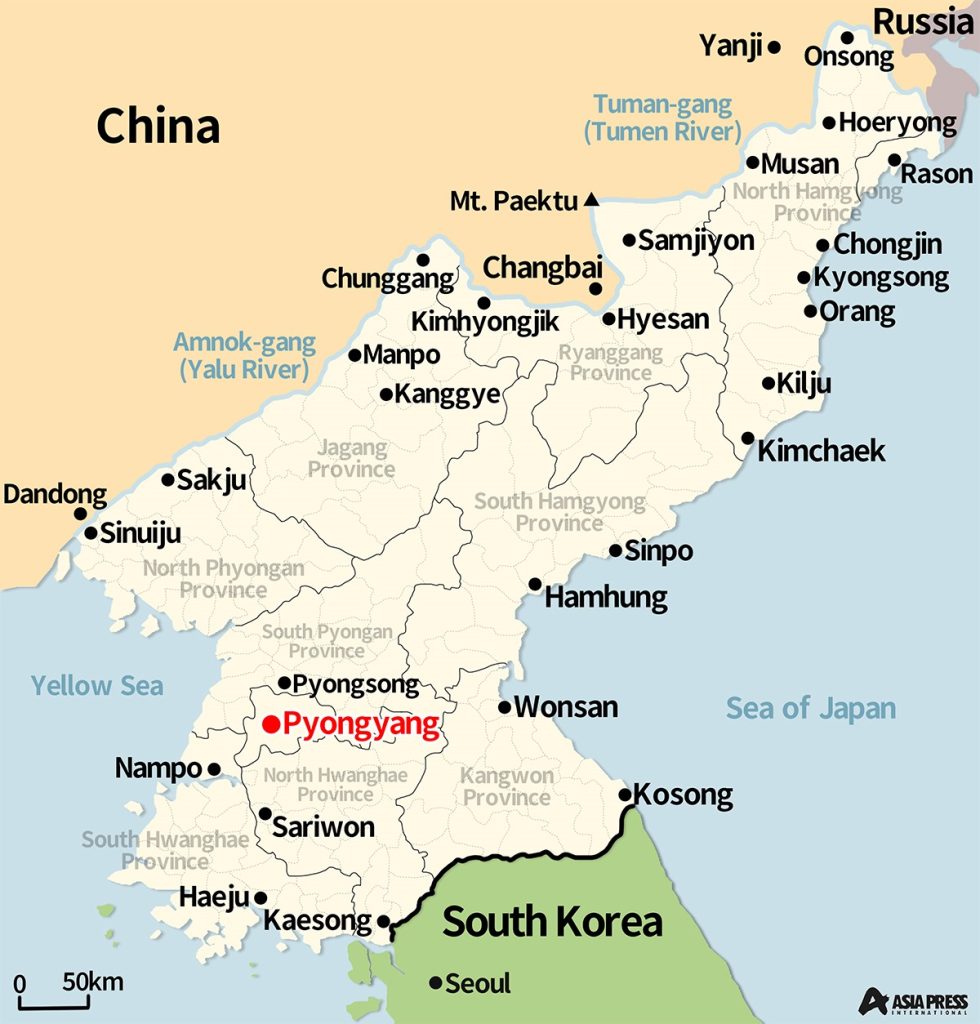
- North-China Border 1,000km Journey by a North Korean Defector and Fourth-Generation Korean-Japanese (1): To the Closest Point to My Ancestral Land, North Korea
- <Inside N. Korea>'Show Me What's in Your Phone' - A Student Souple Resisted the Overly Strict Inspection, But...
- <Inside N. Korea>Four Struggling Female Students Expelled and Banished to Rural Areas for Prostitution: Young People's Violation of Order Met with Harsh Punishment
- <Inside N. Korea> Are Cooperative Farms Being Nationalized? Local Confirmation of Name Changes - Potential Major Shift in Agricultural Land Ownership - Why Are "Farmers Unconcerned"?
- <Inside N. Korea> Daytime Masked Robberies on the Rise - Young Organized Crime Groups Emerge in Hoeryong as Authorities Struggle with Deteriorating Security
